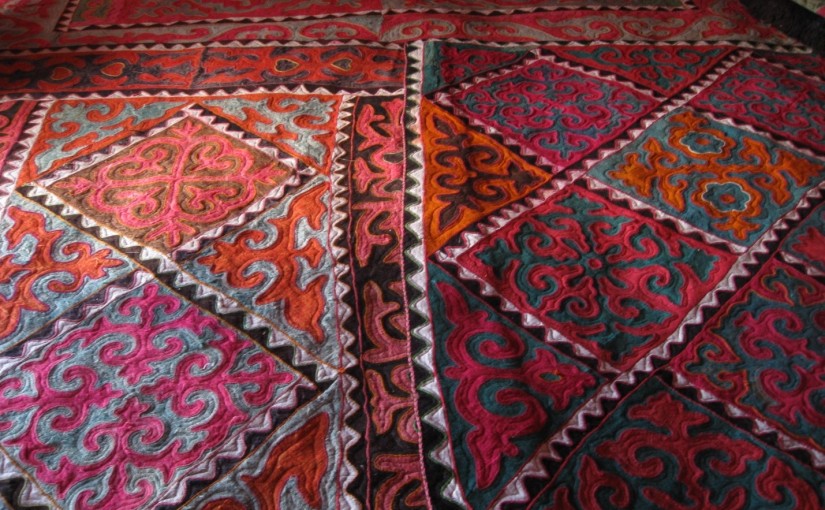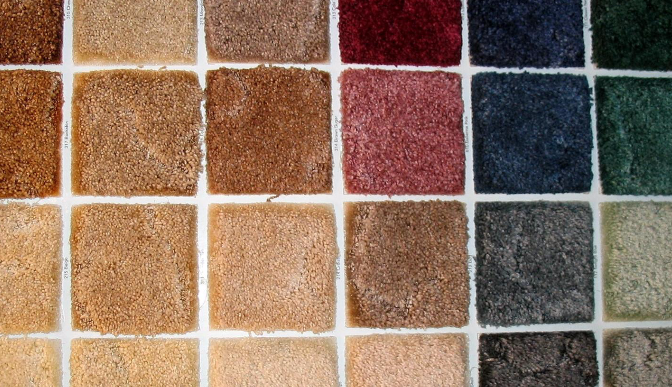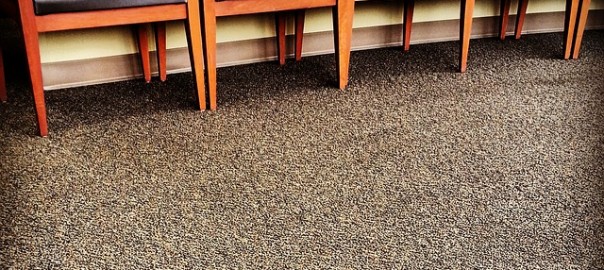When you’re installing new carpeting, you want to get it right the first time. Failing to choose the right carpeting or failing to install it properly can result in time and money wasted. At Lane Sales, we want to direct you to the carpeting that’s going to work best for your home or business, and part of that is encouraging that you use carpet padding. However, you shouldn’t just take our word for it. Below, we would like to educate you on what carpet padding is and why you should install it.
What Are They?
Carpet padding is strips of padding that are installed under your carpeting for the purpose of increased shock absorption and reduced stress on carpet fibers. Just like with most products, carpet padding comes in a variety of materials, some of which may sound familiar to you. A popular option for carpet padding is Memory Foam, found commonly in mattresses, as well as Scotchgard™ foam and Step Ahead Carpet Cushion. The thickness of the padding also matters, and the thicker it is the more protection it will offer.
Why Get Them?
Because carpet padding reduces stress on carpet fibers, carpet padding can actually make your carpet last longer than if you didn’t install carpet padding. Though carpet padding will cost you extra money, this money can be saved in that you may no longer need to replace your carpet anytime soon. Carpet padding also just makes the floor more comfortable to walk or lie down on. You don’t often notice carpet padding because the padding is what makes the carpet feel like a carpet. If you’ve ever been in a home or office that doesn’t use carpet padding, you notice, as it sticks out as being specifically uncomfortable.
Though certainly more noticeable and appreciated in spaces that are meant to be comfortable, such as homes and lounges, all carpeting should be padded. For all carpeting and carpet padding needs, contact Lane Sales today!


